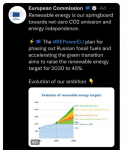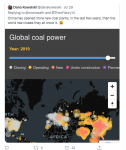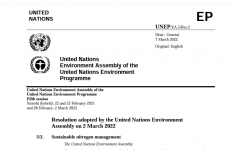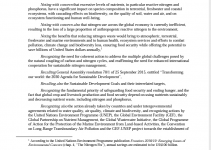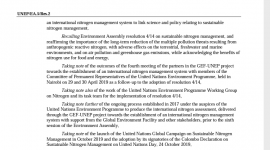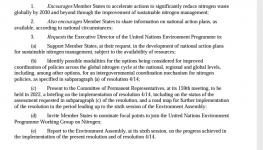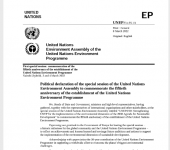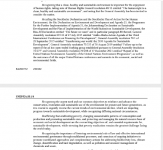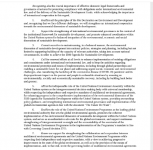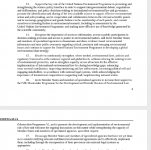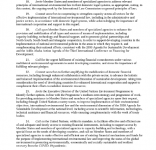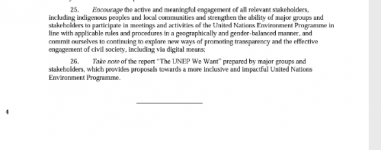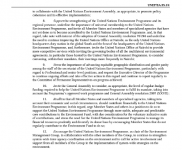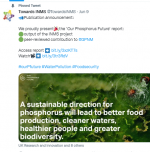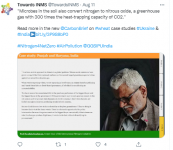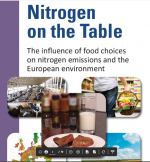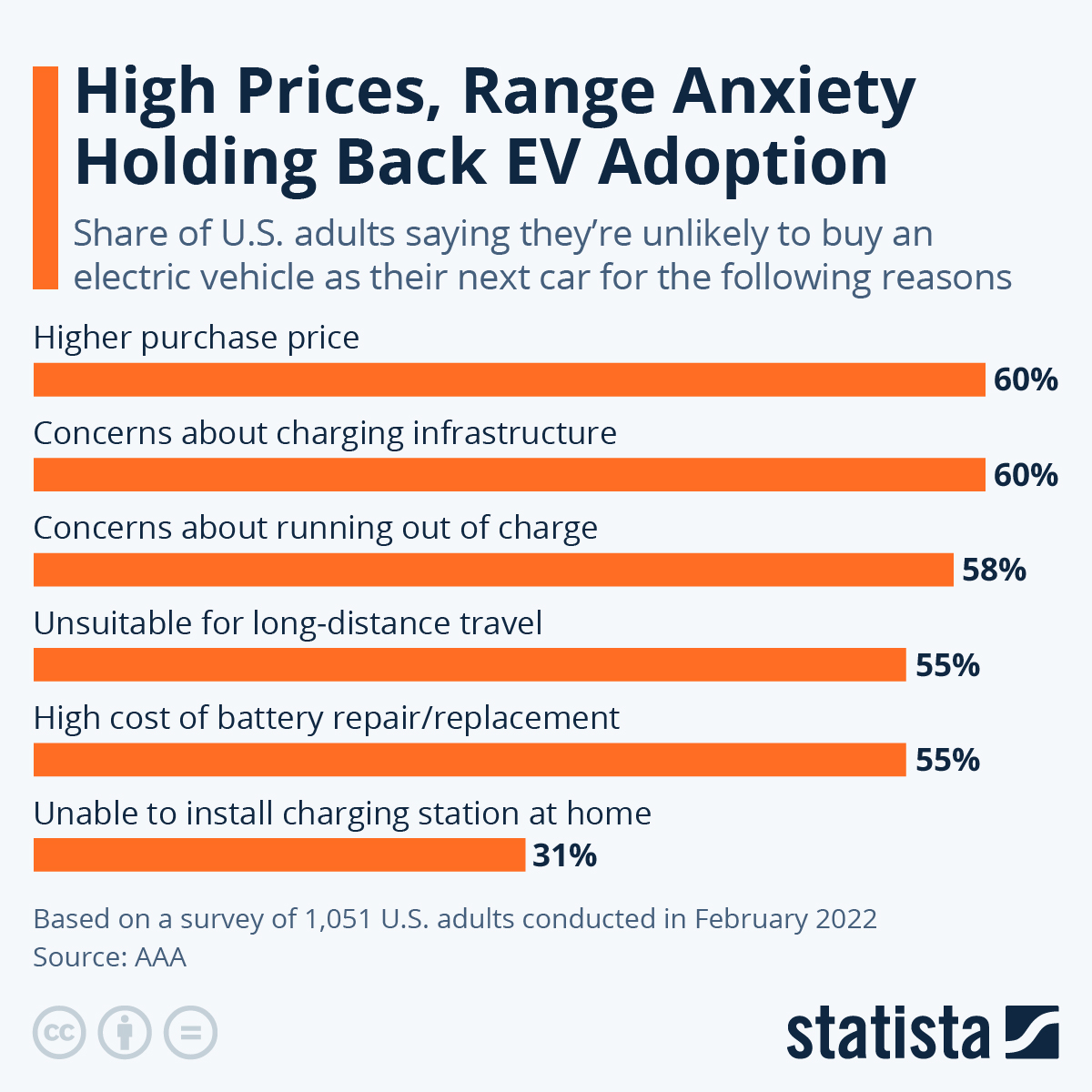Part 2 of 4
#Nitrogen4NetZero statement on ‘Action on Nitrogen for Climate’
Statement from the Government of Sri Lanka with the support of the South Asia Cooperative Environment Programme and the International Nitrogen Management System for the Glasgow Climate Summit, COP26.
Background #Nitrogen4NetZero is a developing initiative among UN member states in South Asia to highlight the necessity of sustainable nitrogen management to meet climate goals during an important year for climate action with COP26 in November.
The launch of #Nitrogen4NetZero took place on 27-29 April 2021, during the British High Commission South Asia regional event ‘Nitrogen for Climate and Green Recovery’ in Colombo, Sri Lanka, hosted jointly with the Government of Sri Lanka. The event was supported by the UKRI GCRF South Asian Nitrogen Hub of the Global Challenges Research Fund, the GEF/UNEP International Nitrogen Management System (INMS) and the South Asia Cooperative Environment Programme (SACEP).
The #Nitrogen4NetZero South Asia regional initiative builds on the 2019 UN Environment Assembly resolution (UNEP/EA.4/Res.14) championed by India, and the subsequent Colombo Declaration, championed by Sri Lanka, highlighting how action on nitrogen offers multiple win-wins for climate, environment, health and economy.
The following draft text was discussed and revised during the ‘Nitrogen for Climate and Green Recovery’ e-event on 27-29 April 2021, Colombo. It is now in the process of adoption by SACEP member states.
Timed with the COP26 Blue Zone side-event “NDCs update and nitrogen-climate opportunities: From South Asia to the World”, the Government of Sri Lanka here publishes the #Nitrogen4NetZero proposal for COP26. This document has been informed as part of ongoing dialogue with South Asian countries, including discussion with SACEP and support from the International Nitrogen Management System (INMS). The document is not yet agreed by all countries of South Asia, but is presented now given the urgency of addressing the nitrogen challenge as part of COP26. All parties to the UNFCCC are invited to reflect on the challenges raised as we work together to address the climate emergency, while looking for co-benefits with air quality, water quality, biodiversity, health, food security and circular economy.
Draft text for South Asia: Action on Nitrogen for Climate
Recalling the Paris Agreement arising from the 21st Conference of Parties of 2015, particularly Article 2 (b) concerning increasing the ability to adapt to the adverse impacts of climate change and foster climate resilience and low greenhouse gas emissions development, in a manner that does not threaten food production,
Acknowledging that human alteration of the nitrogen cycle is a multi-dimensional challenge involving all global systems, including drivers through energy, transport, agriculture and wastewater, #Nitrogen4NetZero -
Mobilizing action on nitrogen for climate in preparation for COP26 2 as recognized by the Resolution on Sustainable Nitrogen Management adopted at the 4th United Nations Environment Assembly (UNEP/EA.4/Res.14), where operative paragraphs (a) and (b) call improved coordination of policies between multi-lateral agreements,
Acknowledging that the direct Global Warming Potential (mass basis) of the greenhouse gas nitrous oxide (N2O) is 296 (refer to unpublished text) times greater than carbon dioxide, considering a time horizon of 100 years,
Emphasizing that reduction of nitrous oxide emissions will be essential if the world is to achieve Net Zero greenhouse gas emissions, and that this will in turn necessitate international action to foster changes in the way that humans manage all nitrogen resources and forms of nitrogen pollution, including the indirect effects of reactive nitrogen compounds on nitrous oxide and other greenhouse gas emissions,
Emphasizing that, in addition to the effects of nitrous oxide, nitrogen air pollution (including ammonia, nitrogen oxides and their reaction products) and water pollution affect climate through levels of atmospheric aerosols and oxidants, and through terrestrial, freshwater and marine carbon balance, where actions are needed to maximize the benefits of nitrogen, while minimizing its adverse effects (noting the need for continuing scientific analysis),
Recognizing that nitrogen links climate, stratospheric ozone, air pollution, terrestrial, freshwater and coastal ecosystems, with impacts on biodiversity, human health and economy, as evident from the UNEP synthesis report “Making Peace With Nature: A scientific blueprint to tackle the climate, biodiversity and pollution emergencies”,
Recognizing the need of South Asian and indeed most developing countries for affordable access to nitrogen oxides (NOx) reduction technologies to reduce the contribution of NOx to air pollution, human health and climate change, Concerned that human activities have approximately tripled emissions of reactive nitrogen compounds to the environment, representing a waste of resources worth $200 billion annually (reference to UNEP ‘Fixing Nitrogen’ Report), in addition to the costs related to climate, health and biodiversity loss, Identifying the urgent need for action on sustainable nitrogen management to complement existing efforts on carbon management, necessary for Goal 13 and other Sustainable Development Goals,
Recognizing that a system-wide approach to sustainable nitrogen management, focused on reducing all forms of wasted reactive nitrogen resources (including denitrification to di-nitrogen from anthropogenic activities) is both necessary for climate and offers multiple co-benefits, including for air and water quality, for stratospheric ozone, health and biodiversity, while helping to increase resource efficiency,
Recognising that some countries have insufficient nitrogen resources for optimum crop growth, which compromise food production capability, and that an emphasis on reducing wasted reactive nitrogen resources offers opportunities for available nitrogen to go further in better meeting food and energy needs,
Welcoming the adoption of the Resolution on Sustainable Nitrogen Management (UNEP/EA.4/Res.14) and its follow up, while noting agreement of the Colombo Declaration1, which
________________
1 Colombo Declaration:
The Colombo Declaration | INMS.
__________________
sets a goal to develop national roadmaps for sustainable nitrogen management, with an ambition to halve nitrogen waste2 from all sources,
Welcoming efforts by the United Nations Environment Programme (UNEP), in partnership with the Global Environment Facility (GEF), to establish the International Nitrogen Management System (INMS) as a science support process for international nitrogen policy, as a part of an InterConvention Nitrogen Coordination Mechanism (INCOM), in implementing UNEP/EA.4/Res.14,
1. Requests the Subsidiary Body for Scientific and Technological Advice and the Subsidiary Body for Implementation to jointly address issues related nitrogen, including through meetings, taking into consideration current scientific evidence and the necessity of action on sustainable nitrogen management to reach Net Zero, while recognizing the multiple co-benefits across the UN Sustainable Development Goals;
2. Invites Parties and observers to the Convention to align with the goals/ethos of the Colombo Declaration, including the establishment of national roadmaps for sustainable nitrogen management with an ambition to halve nitrogen waste from all sources as part of a goal for Net Zero carbon/greenhouse gas emissions3 (footnote noting matter of ongoing discussion);
3. Invites Parties and observers to the Convention to identify and mobilize measures related to sustainable nitrogen management to reduce greenhouse gas emissions and increase climate resilience, while maximizing other economic and environmental co-benefits;
4. Agrees that Parties should, where relevant to national circumstances: a. Identify and estimate the contribution of actions related to sustainable nitrogen management to reducing emissions of nitrous oxide and other radiatively active substances, as part of potential future revision of reporting mechanisms, such as Nationally Determined Contributions (NDCs); (potential for further feedback after the meeting) b. Promote reduction of nitrogen pollution and innovation for anthropogenic nitrogen use and recycling, emphasizing the opportunities for the circular economy;
5. Agree that the Secretariat of the Framework Convention on Climate Change should cooperate with the United Nations Environment Program and other relevant United Nations and regional processes to support effective coordination on sustainable nitrogen management, including development of the Inter-convention Nitrogen Coordination Mechanism (INCOM), as a means to foster cooperation between Parties and the international conventions and programmes tasked with addressing the different dimensions of sustainable nitrogen management;
6. Also requests the subsidiary bodies with the support of the secretariat to report to the Conference of the Parties on the progress and outcomes of the work referred to in paragraphs 1-5 above at its twenty-eighth session.
__________________
2 Total nitrogen wasted has been defined as the sum of all forms of reactive nitrogen (Nr) lost as pollution plus denitrification to N2, which is equally a waste of Nr resources (see “The Nitrogen Decade: mobilizing global action on nitrogen to 2030 and beyond”, One Earth 4, 10-14.
Redirecting, where a baseline of 2020 has been used as a reference for halving wasted nitrogen globally). 3 Choice of possible target years is a matter of ambition for governments, e.g., whether to align with the 2030 Sustainable Development Goals or with a 2050 target for Net Zero. A 2020 baseline is proposed. It is considered a matter for further discussion whether Net Zero for full greenhouse gases is technically achievable



